Home>diy>Planning & Engineering>What Questions Does A Landscape Architect Ask
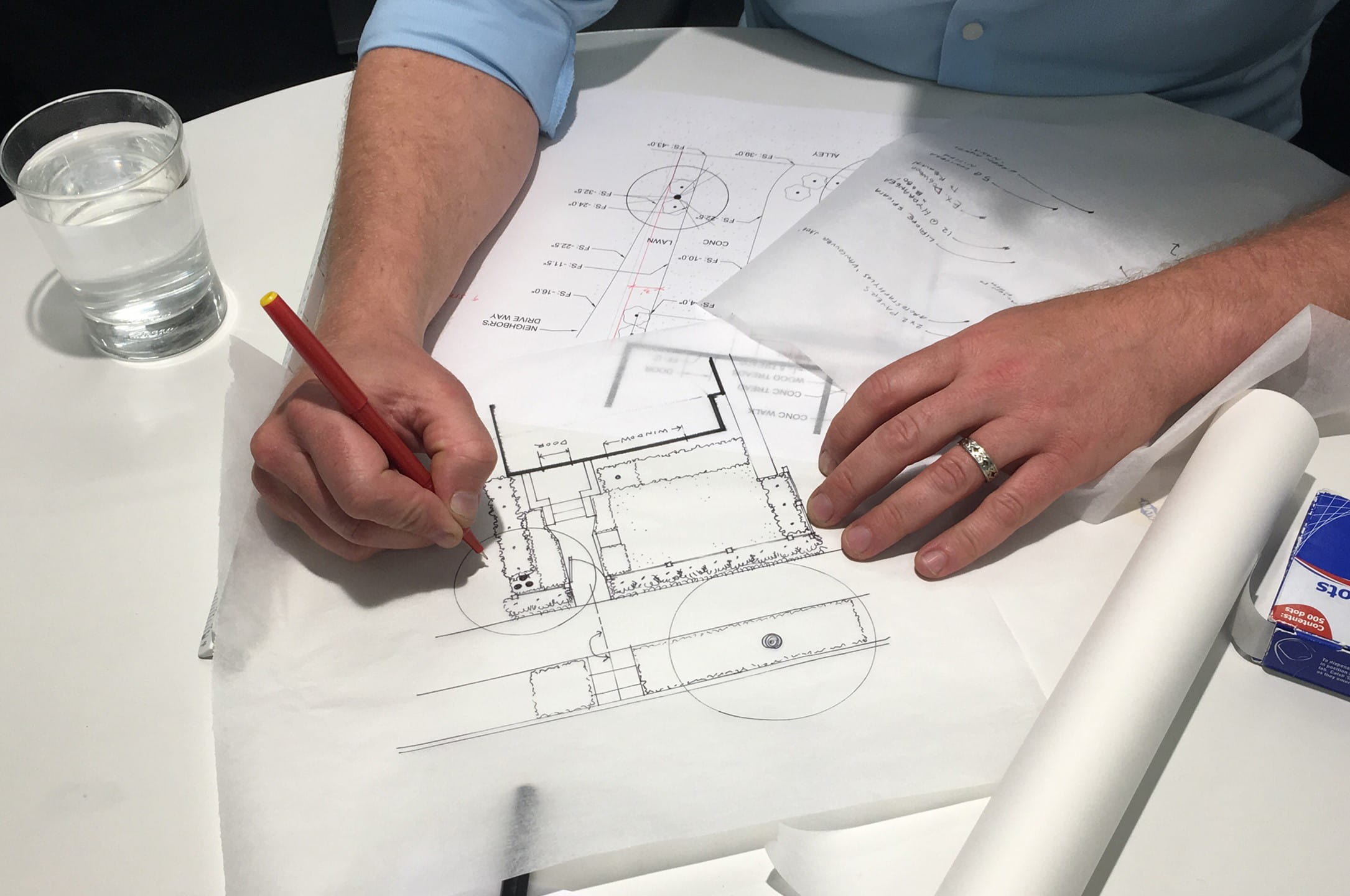

Planning & Engineering
What Questions Does A Landscape Architect Ask
Modified: January 6, 2024
Looking for a landscape architect? Discover the essential questions they ask to ensure successful planning and engineering of your project.
(Many of the links in this article redirect to a specific reviewed product. Your purchase of these products through affiliate links helps to generate commission for Storables.com, at no extra cost. Learn more)
Introduction
Welcome to the world of landscape architecture! When it comes to designing outdoor spaces that are both aesthetically pleasing and functional, landscape architects play a vital role. They possess a unique blend of artistic creativity and technical knowledge, allowing them to transform ordinary landscapes into extraordinary works of art.
But before getting into the nitty-gritty of landscape design, it’s essential to understand the key questions that landscape architects ask at the beginning of a project. These questions serve as a foundation for the design process, ensuring that the final outcome meets the client’s needs and enhances the surrounding environment.
In this article, we will explore the various questions that landscape architects ask when starting a new project. From understanding the site to considering the user’s needs, each question is crucial in shaping the design approach. So, let’s dive in and discover the thought process behind a landscape architect’s work!
Key Takeaways:
- Landscape architects ask critical questions to understand the site, project goals, user needs, and environmental impact. Their thoughtful approach ensures the creation of visually stunning, functional, and sustainable outdoor spaces.
- Collaboration with other professionals, careful material and planting selection, and long-term maintenance considerations are integral to landscape architecture. By integrating creativity and technical expertise, landscape architects shape outdoor environments that enhance the natural and built surroundings.
Understanding the Site
One of the first and most important questions that landscape architects ask is, “What is the nature of the site?” Understanding the site’s characteristics lays the groundwork for the design process.
The landscape architect begins by conducting a thorough site analysis. They study the topography, soil conditions, drainage patterns, and existing vegetation. This information helps them understand the site’s strengths and challenges, allowing them to make informed design decisions.
Additionally, the landscape architect considers the site’s microclimate. Factors such as sun exposure, wind patterns, and temperature variations influence plant selection and the overall comfort of the outdoor space.
Furthermore, the landscape architect evaluates any existing structures or features on the site, such as buildings, roads, or water bodies. These elements need to be integrated seamlessly into the design, creating a harmonious connection between the built and natural environment.
By thoroughly understanding the site, the landscape architect can leverage its unique characteristics to create a design that maximizes its potential and enhances its beauty.
Project Goals and Objectives
Once the landscape architect has a clear understanding of the site, they must identify the goals and objectives of the project. This involves asking questions like, “What does the client hope to achieve with the outdoor space?” and “What are the intended functions of the landscape?”
The goals and objectives may vary widely depending on the project. For example, a residential project may aim to create an inviting and relaxing backyard retreat, while a commercial project may prioritize creating a functional and visually appealing outdoor gathering space.
By discussing the project goals and objectives with the client or stakeholders, the landscape architect gains insights into their vision and expectations. This helps guide the design process and ensures that the final result aligns with the project’s purpose.
Moreover, defining clear goals and objectives allows the landscape architect to prioritize design elements and allocate resources effectively. It helps them make informed decisions about materials, plants, and features, ensuring that each aspect of the design contributes to the desired outcome.
Ultimately, understanding the project goals and objectives is crucial in shaping the design approach and creating a landscape that not only meets the client’s needs but exceeds their expectations.
User Needs and Preferences
Designing a landscape is not just about creating a visually appealing space; it’s also about meeting the needs and preferences of the users who will inhabit and enjoy it. This is why landscape architects place great importance on understanding the user’s needs and preferences.
The landscape architect begins by asking questions such as, “Who will be using the space?” and “What are their specific needs and requirements?” For example, if the project is a community park, the users may include children, adults, and senior citizens, each with unique needs.
By gaining insights into the users’ preferences, the landscape architect can tailor the design to create a space that resonates with them. This may involve incorporating specific elements such as seating areas, play structures, or walking paths.
In addition to practical needs, the landscape architect also considers the users’ aesthetics preferences. Some individuals may prefer a modern and minimalist design, while others may lean towards a more traditional and timeless style. Understanding these preferences helps the landscape architect create a design that reflects the users’ tastes and creates a sense of harmony with the surrounding environment.
Furthermore, the landscape architect takes into account any special considerations, such as accessibility requirements or sustainability goals. By addressing these needs upfront, the design can ensure inclusivity and promote environmentally-friendly practices.
By prioritizing user needs and preferences, the landscape architect can create a space that not only meets functional requirements but also provides an enjoyable and personalized experience for its users.
Environmental Considerations
As stewards of the environment, landscape architects have a responsibility to design spaces that are not only visually appealing but also environmentally sustainable. This requires careful consideration of various environmental factors throughout the design process.
One of the key questions landscape architects ask is, “How can we mitigate the impact of the design on the natural environment?” This involves considering issues such as water conservation, energy efficiency, and biodiversity.
The landscape architect takes into account the site’s water management. They consider ways to reduce water consumption through efficient irrigation systems, rainwater harvesting, and the use of drought-tolerant plants. By implementing these strategies, the design minimizes the demand for water resources and promotes long-term sustainability.
Energy efficiency is also a crucial consideration. The landscape architect explores opportunities to reduce energy consumption through the strategic placement of trees for shade, the use of permeable paving to reduce heat island effect, and the integration of energy-efficient lighting systems.
Furthermore, promoting biodiversity is an important aspect of landscape design. The landscape architect considers the selection of native plants that support local ecosystems and attract pollinators. They also create habitats that encourage wildlife to thrive, enhancing the ecological balance of the site.
By incorporating these environmental considerations into the design, landscape architects contribute to the overall health and well-being of the surrounding ecosystem and create spaces that are sustainable, resilient, and in harmony with nature.
Budget and Resources
When embarking on any landscape design project, it is essential to consider the available budget and resources. Landscape architects must ask questions such as, “What is the client’s budget for the project?” and “What resources are available for material procurement and construction?” This information allows them to develop a design that is both feasible and cost-effective.
The landscape architect works closely with the client to establish a realistic budget that aligns with their vision and goals. By understanding the financial constraints, they can make informed decisions about the selection of materials, plants, and features that will suit both the design and the budget.
In addition to the financial aspect, the landscape architect carefully considers the resources available for the project. This includes assessing the availability of materials, such as locally sourced or reclaimed materials that can reduce costs and environmental impact.
Furthermore, the landscape architect evaluates the capabilities of the construction team or contractors who will be responsible for implementing the design. This ensures that the design is practical and can be successfully executed within the given resources.
By aligning the design with the available budget and resources, the landscape architect can create a space that not only meets the client’s expectations but also ensures efficient use of resources and maximizes value for the investment.
Design Style and Aesthetics
Design style and aesthetics play a significant role in landscape architecture. A well-designed outdoor space should be visually appealing, harmonious with its surroundings, and reflective of the client’s preferences. Therefore, landscape architects ask questions such as, “What design style suits the client’s taste?” and “How can we create a visually stunning landscape?”
The landscape architect collaborates closely with the client to understand their vision and personal style. Some clients may prefer a modern and minimalist design, while others may lean towards a more traditional or naturalistic approach. By gaining insights into the client’s aesthetic preferences, the landscape architect can tailor the design to suit their unique tastes.
In addition to the client’s preferences, the landscape architect takes into account the architectural style of any existing structures on the site. The design should complement and enhance the built environment, creating a cohesive and harmonious overall aesthetic.
Furthermore, the landscape architect considers the surrounding natural environment when selecting the design style. They aim to create a landscape that seamlessly blends with the existing topography, vegetation, and other natural features.
Throughout the design process, the landscape architect pays attention to the principles of design, such as balance, proportion, texture, and color. They carefully select and arrange materials, plants, and features to create visually pleasing compositions that evoke a sense of beauty and tranquility.
By focusing on design style and aesthetics, the landscape architect ensures that the final landscape is not only functional but also visually stunning, providing a delightful and engaging experience for its users.
Functional Requirements
A successful landscape design is not just about visual appeal; it must also meet the functional needs of its users. Landscape architects ask questions such as, “What are the desired functions of the outdoor space?” and “How can we create a design that enhances usability and functionality?”
The landscape architect considers the specific activities that will take place in the space and ensures that the design accommodates them. For example, if the project is a residential backyard, the landscape architect may need to incorporate areas for outdoor dining, relaxation, and play.
The design also takes into account the circulation patterns and access points. The landscape architect considers pathways, walkways, and entrances to ensure ease of movement and accessibility for all users, including those with disabilities.
Furthermore, the landscape architect addresses practical considerations such as privacy, noise reduction, and safety. They strategically place barriers, vegetation, or hardscape elements to create secluded areas, reduce noise pollution, and enhance security.
Additionally, the landscape architect considers the maintenance requirements of the design. They evaluate factors such as the availability of irrigation systems, the ease of plant care, and the durability of materials. By selecting low-maintenance plants and durable materials, the design can minimize ongoing maintenance efforts and costs.
By incorporating functional requirements into the design, the landscape architect ensures that the outdoor space is not only visually appealing but also practical, enhancing its usability and allowing users to fully enjoy and engage with the landscape.
When working with a landscape architect, be prepared to discuss your goals, budget, and any specific requirements or constraints for the project. This will help the landscape architect understand your needs and create a design that meets your expectations.
Site Analysis and Inventory
Before diving into the design process, landscape architects conduct a thorough site analysis and inventory. This step involves gathering information about the existing site conditions, natural elements, and man-made features. By understanding the site’s characteristics, landscape architects can make informed design decisions that leverage its strengths and address its challenges.
During the site analysis, landscape architects study the topography of the land. They identify slopes, hills, or uneven terrain that may impact the design and propose solutions to address grading or drainage issues.
In addition to understanding the site’s topography, the landscape architect evaluates the soil conditions. They assess factors such as soil composition, fertility, and drainage capabilities. This information helps determine the types of plants that will thrive in the area and informs decisions about soil amendments or drainage solutions if needed.
The landscape architect also takes into account the site’s existing vegetation. They identify trees, shrubs, or other plants that are worth preserving. These existing elements can provide valuable shade, screening, or visual interest in the design. The landscape architect may incorporate them into the new design, ensuring a seamless transition between the existing and new elements.
Furthermore, the landscape architect examines any man-made features on the site, such as buildings, structures, or hardscape elements. They evaluate their condition, functionality, and impact on the overall design. The relationship between the built environment and the surrounding landscape is carefully considered to create a harmonious integration.
By conducting a thorough site analysis and inventory, landscape architects gain a comprehensive understanding of the site’s characteristics and potential. This knowledge serves as the foundation for the design process, allowing them to create a landscape that not only enhances the site but also respects its natural and built elements.
Read more: What Is A Green Landscape Architect
Design Concept Development
Once landscape architects have gathered all the necessary information about the site and the project requirements, they move on to the exciting stage of design concept development. This is where their creativity and expertise come into play as they begin to shape the overall vision and theme for the landscape.
During the design concept development phase, landscape architects ask questions such as, “What overall feeling or theme do we want to convey?” and “How can we create a unique and cohesive design that reflects the client’s vision?”
They explore different design styles, aesthetics, and elements that will bring the landscape to life. This may involve sketching ideas, creating mood boards, or utilizing design software to visualize the concepts.
The landscape architect considers various aspects, such as spatial layout, circulation patterns, focal points, and the integration of different elements such as hardscapes, water features, and planting areas. They strive to create a design that both meets functional requirements and evokes an emotional response in its users.
Throughout the design concept development phase, landscape architects also consider environmental sustainability. They identify opportunities to incorporate green practices, such as native plantings, water-saving measures, or renewable materials, that align with sustainable principles and reduce the environmental impact of the design.
The design concept developed by landscape architects serves as a roadmap for the rest of the design process. It outlines the overall vision, guiding principles, and design elements that will be further refined and implemented in the next stages of the project.
By focusing on design concept development, landscape architects can create a landscape that is not only visually appealing but also thoughtfully designed, enhancing the users’ experience and leaving a lasting impression.
Material Selection and Planting Design
Material selection and planting design are critical aspects of landscape architecture that greatly influence the overall aesthetics and functionality of the outdoor space. Landscape architects ask questions such as, “Which materials will best enhance the design?” and “How can we create a diverse and visually striking planting scheme?”
When it comes to material selection, landscape architects carefully consider various factors such as durability, sustainability, and aesthetic appeal. They choose materials that are not only visually pleasing but also appropriate for the intended use and climate conditions. This includes selecting materials for hardscaping elements such as walkways, patios, and retaining walls, as well as considering materials for softscaping elements like seating areas, decorative accents, and planters.
In addition to materials, planting design plays a crucial role in creating a vibrant and inviting landscape. Landscape architects analyze factors such as sunlight exposure, soil conditions, and water availability to select plant species that will thrive in the specific environment. They consider factors such as color, texture, and height to create a balanced and visually appealing composition.
Landscape architects take into account the overall design concept when designing the planting scheme. They consider the desired aesthetic style, whether it’s a naturalistic, modern, or formal theme, and select plants that contribute to that desired look. They also consider the seasonal interest of plants, aiming to create a design that provides visual interest and beauty throughout the year.
Furthermore, landscape architects incorporate principles of ecological sustainability into their planting design. They prioritize the use of native plants that are well-adapted to the local conditions, which require less water and maintenance. By promoting biodiversity and creating habitats for pollinators and wildlife, landscape architects contribute to the overall ecological balance of the landscape.
By carefully selecting materials and designing a thoughtful planting scheme, landscape architects can create a visually stunning and environmentally friendly landscape that enhances the overall design concept and promotes a sense of harmony with nature.
Sustainability and Green Practices
Sustainability and green practices are integral components of landscape architecture that address the environmental, social, and economic impact of outdoor spaces. Landscape architects constantly seek to minimize the ecological footprint of their designs and promote environmentally responsible practices throughout the design and construction process.
Landscape architects ask questions such as, “How can we create a sustainable landscape that conserves resources?” and “What strategies can we employ to minimize waste and promote environmental stewardship?”
One key aspect of sustainability is water conservation. Landscape architects incorporate water-efficient design features such as rainwater harvesting, intelligent irrigation systems, and the use of drought-tolerant plants. These measures minimize water consumption, reduce the reliance on freshwater sources, and promote responsible water use.
Furthermore, landscape architects employ green practices in material selection. They choose locally sourced and recycled materials to reduce the environmental impact associated with transportation and decrease the demand for new resources. They also consider the life cycle of materials, opting for durable and long-lasting options to minimize replacement and waste.
In the realm of planting design, landscape architects prioritize the use of native plants. Native species are adapted to the local environment, requiring less water, fertilizer, and maintenance. They also provide food and habitat for local wildlife, promoting biodiversity and ecological resilience.
Landscape architects also consider energy efficiency in their designs. They strategically position trees and vegetation to provide shade, reducing energy consumption for cooling and creating a more comfortable outdoor environment. They also incorporate energy-efficient lighting systems that minimize light pollution and energy waste.
Furthermore, landscape architects promote the use of sustainable construction practices. They encourage the reuse of materials, proper waste management, and the use of environmentally friendly construction methods. Collaboration with contractors and construction teams ensures that green practices are implemented throughout the project’s execution.
By embracing sustainability and green practices, landscape architects contribute to the creation of environmentally friendly and socially responsible landscapes. The integration of these practices not only benefits the natural environment but also enhances the well-being and quality of life of the users of the outdoor space.
Collaboration with Other Professionals
Collaboration with other professionals is a crucial aspect of landscape architecture that ensures the successful execution of a project. Landscape architects understand the importance of working together with various experts to integrate their specialized knowledge and skills into the overall design.
Landscape architects ask questions such as, “Who are the key professionals that we need to collaborate with?” and “How can we create a cohesive design that integrates multiple disciplines?”
One important collaborator for landscape architects is architects or building designers. By working closely with them, landscape architects can seamlessly integrate the design of the built environment with the surrounding landscape. This collaboration ensures a harmonious relationship between the architecture and the outdoor space.
Engineers are another essential collaboration partner for landscape architects. They provide expertise in areas such as structural design, irrigation systems, and soil mechanics. By collaborating with engineers, landscape architects can ensure that the design meets technical requirements and adheres to safety standards.
Ecologists and environmental scientists play a vital role in the design process as well. They provide valuable insights into the local ecosystem, habitats, and biodiversity. Collaborating with these experts allows landscape architects to create designs that are sensitive to the ecological context and promote environmental sustainability.
Other professionals that landscape architects may collaborate with include lighting designers, horticulturists, irrigation specialists, and arborists. Each brings unique expertise and perspectives that contribute to the overall success of the project.
Effective collaboration involves clear communication, sharing of ideas, and a mutual understanding of project goals. Landscape architects work collaboratively with these professionals from the initial design stages to the implementation and construction phases, ensuring that each element of the design is executed to the highest standards.
By embracing collaboration with other professionals, landscape architects can create holistic designs that integrate multiple disciplines and create inviting, functional, and sustainable outdoor spaces.
Read more: Questions To Ask When Building A House
Construction and Implementation
After the design phase, landscape architects shift their focus towards the construction and implementation of the project. This phase involves the actual realization of the design, where the plans and concepts are transformed into a tangible outdoor space.
Landscape architects ask questions such as, “How can we ensure that the design is accurately implemented?” and “What steps need to be taken to achieve a successful construction process?”
During the construction phase, landscape architects work closely with contractors and construction teams to ensure that the design is executed according to the plans and specifications. They provide guidance and oversee the construction process, making sure that the design intent is maintained.
Collaboration and communication between the landscape architect and contractors are vital during this phase. Regular site visits and meetings allow for real-time problem-solving and clarification of any design details. This open line of communication helps address any challenges or unforeseen issues that may arise during construction.
As the project progresses, landscape architects ensure that the selected materials, plants, and features are installed correctly and meet the desired quality standards. They perform on-site inspections to verify that the work aligns with the design vision and specifications.
Furthermore, the landscape architect monitors the construction process to ensure compliance with environmental regulations and sustainable practices. They ensure that erosion control measures are implemented, and proper waste management is followed to minimize environmental impact.
During the construction phase, landscape architects also provide guidance on the placement and installation of irrigation systems, lighting fixtures, and other site amenities. They ensure that these elements are integrated seamlessly into the design, enhancing the overall functionality and aesthetic appeal of the outdoor space.
The construction and implementation phase is a collaborative effort that requires coordination and attention to detail. By closely working with contractors and overseeing the construction process, landscape architects ensure the successful realization of their design vision.
Ultimately, the goal is to create a well-built and visually captivating landscape that fulfills the client’s vision and provides a delightful experience for its users.
Maintenance and Long-term Considerations
After the construction phase comes to an end, landscape architects shift their focus to the long-term maintenance and care of the outdoor space. They understand that a well-maintained landscape can retain its beauty, functionality, and sustainability over time.
Landscape architects ask questions such as, “How can we ensure that the landscape remains healthy and vibrant?” and “What maintenance practices and considerations should be implemented to support long-term success?”
They collaborate with property owners, facility managers, or maintenance teams to develop a comprehensive maintenance plan tailored to the specific landscape design. This plan takes into account factors such as watering schedules, fertilization requirements, pruning and trimming needs, pest and disease management, and overall site cleanliness.
Landscape architects also provide guidance on proper maintenance techniques and practices to ensure the landscape’s longevity. They educate the maintenance team on the specific needs of the plants, materials, and features used in the design.
Additionally, landscape architects consider long-term factors such as the growth and development of the vegetation. They anticipate the maturity of plants and provide guidelines for future pruning or replacement as necessary. This helps maintain the intended balance and aesthetic appeal of the landscape as it evolves over time.
Furthermore, sustainability and ecological considerations remain crucial even after the construction phase. Landscape architects encourage practices such as composting, use of organic fertilizers, and integrated pest management to minimize the reliance on chemicals and reduce environmental impact.
Periodic site visits by the landscape architect allow for ongoing monitoring of the landscape’s health and performance. They can identify any issues or modifications needed and provide recommendations for adjustments or improvements.
By incorporating long-term maintenance considerations into the design and providing guidance for proper care, landscape architects ensure that the landscape remains vibrant and resilient for years to come. This long-term approach ultimately contributes to the overall success and sustainability of the outdoor space.
Conclusion
Landscape architecture is a dynamic field that combines artistic creativity, technical expertise, and a deep understanding of the natural environment. Landscape architects ask a series of critical questions at every stage of a project to ensure the creation of successful and impactful outdoor spaces.
Understanding the site, identifying project goals and objectives, and considering user needs and preferences form the foundation of the design process. By thoroughly studying the site’s characteristics and evaluating its strengths and challenges, landscape architects can shape a design that maximizes its potential.
Design style and aesthetics play a crucial role in creating visually appealing landscapes that reflect the client’s vision. The careful selection of materials and thoughtful planting design contribute to the overall beauty and functionality of the outdoor space.
Sustainability and green practices are integrated into every aspect of landscape architecture, from water conservation to material selection and ecological considerations. Landscape architects strive to create designs that reduce environmental impact and promote long-term sustainability.
Collaboration with other professionals, such as architects, engineers, and ecologists, enhances the quality and coherence of the design. By working together, they create cohesive and integrated landscapes that connect the built environment with the natural surroundings.
The construction and implementation phase brings the design to life, with landscape architects ensuring the accurate execution of the plans and specifications. Ongoing maintenance and long-term considerations ensure the landscape’s health and vibrancy for years to come.
In conclusion, landscape architects play a vital role in shaping our outdoor spaces. Through their expertise and thoughtful approach, they create landscapes that are not only visually appealing but also functional, sustainable, and enjoyable for the users. By asking the right questions and implementing innovative solutions, landscape architects bring beauty, harmony, and functionality to our natural and built environments.
Frequently Asked Questions about What Questions Does A Landscape Architect Ask
Was this page helpful?
At Storables.com, we guarantee accurate and reliable information. Our content, validated by Expert Board Contributors, is crafted following stringent Editorial Policies. We're committed to providing you with well-researched, expert-backed insights for all your informational needs.
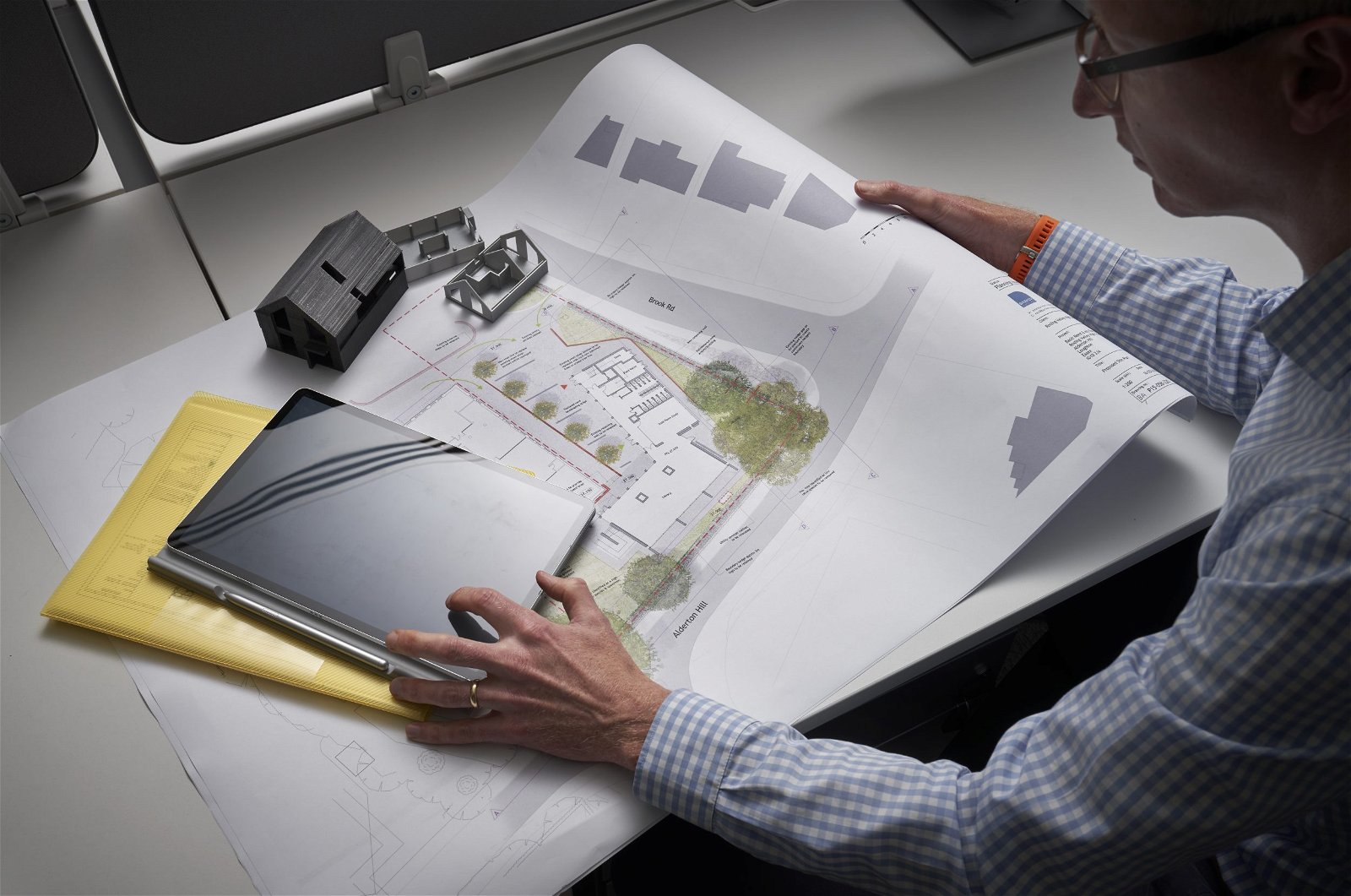
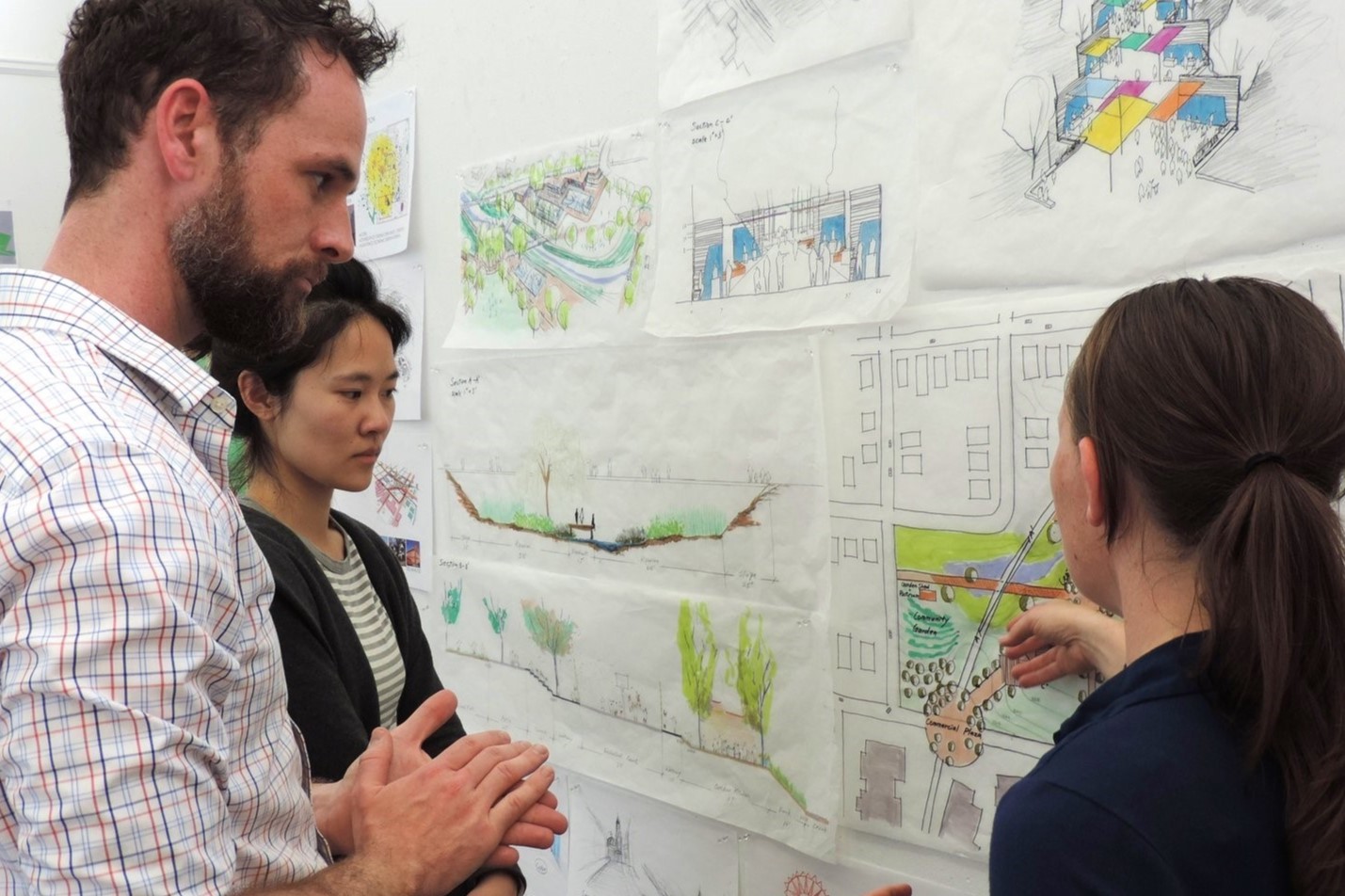

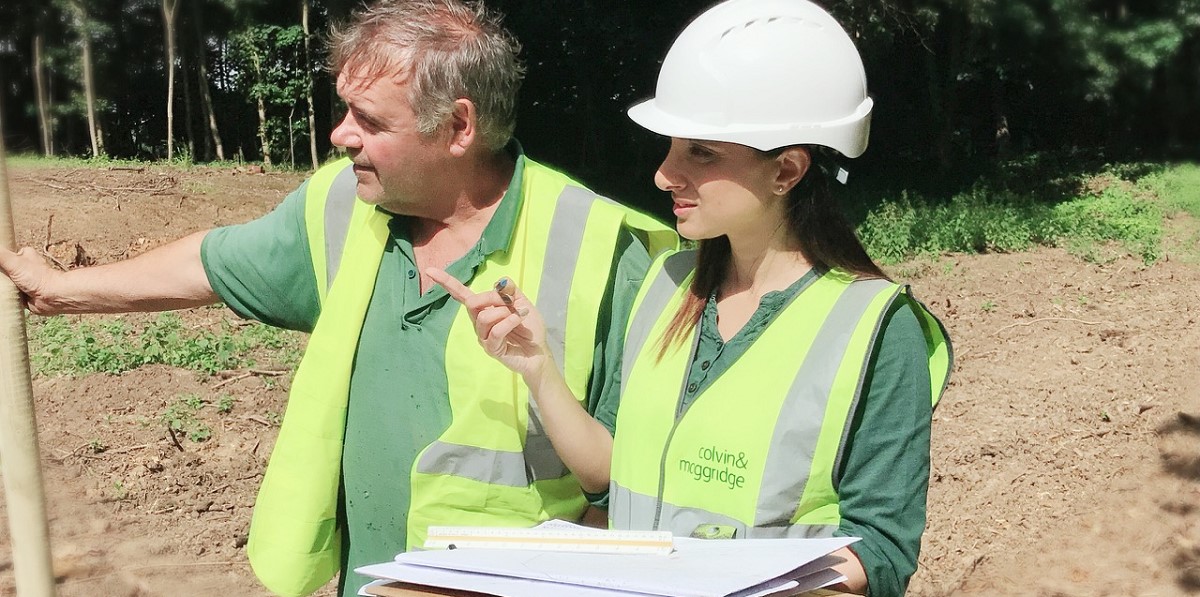
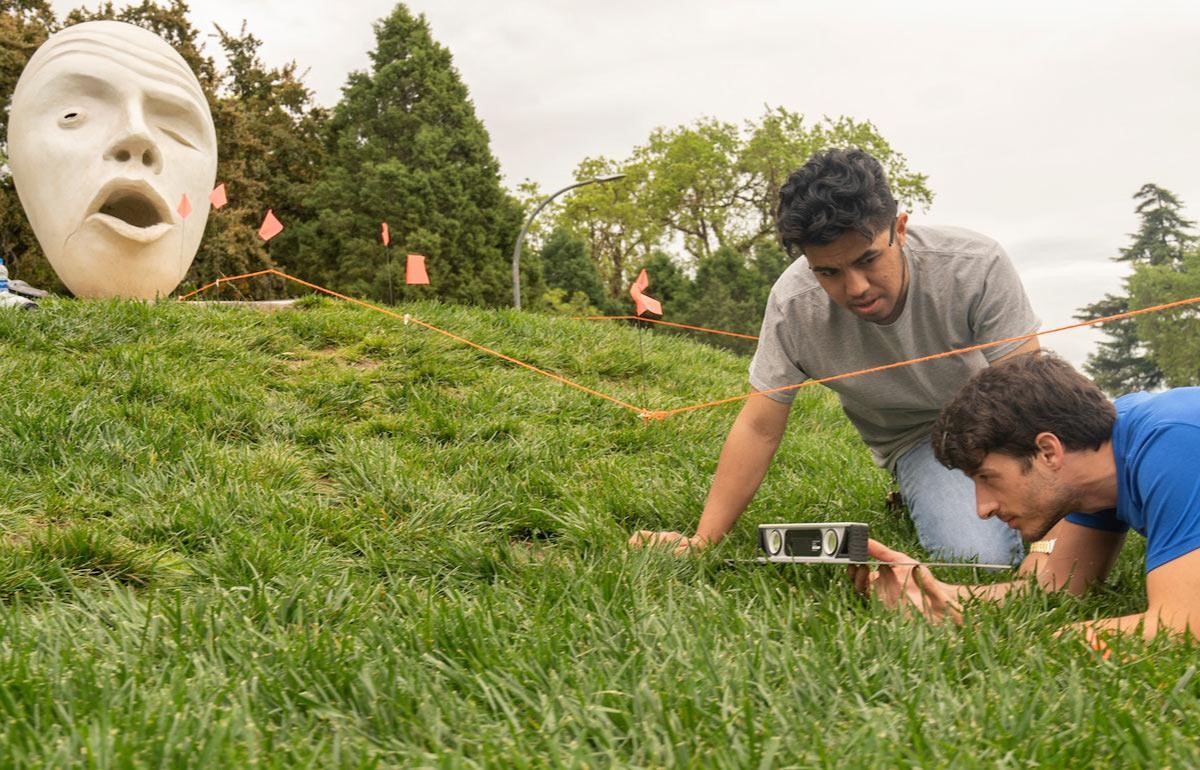
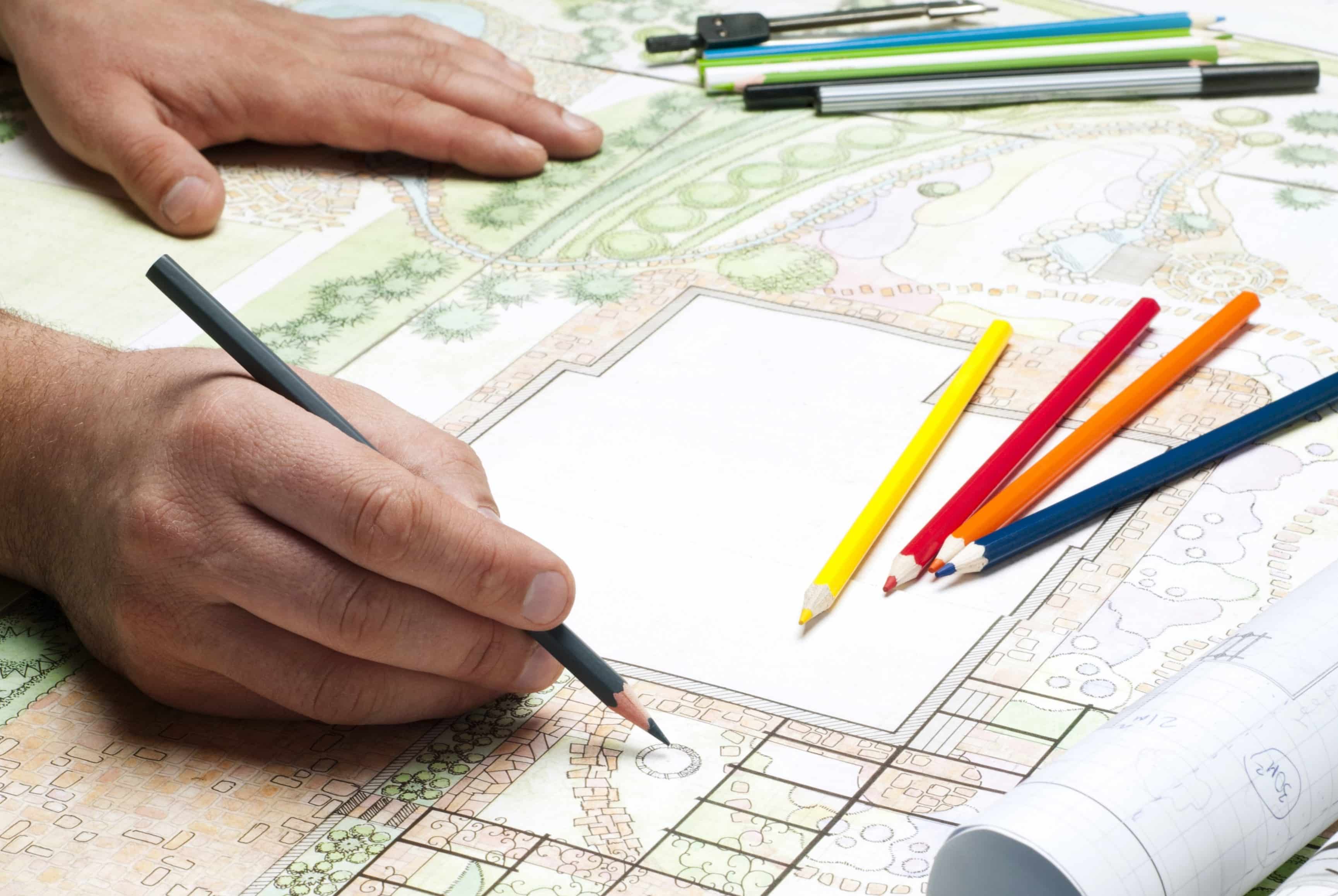
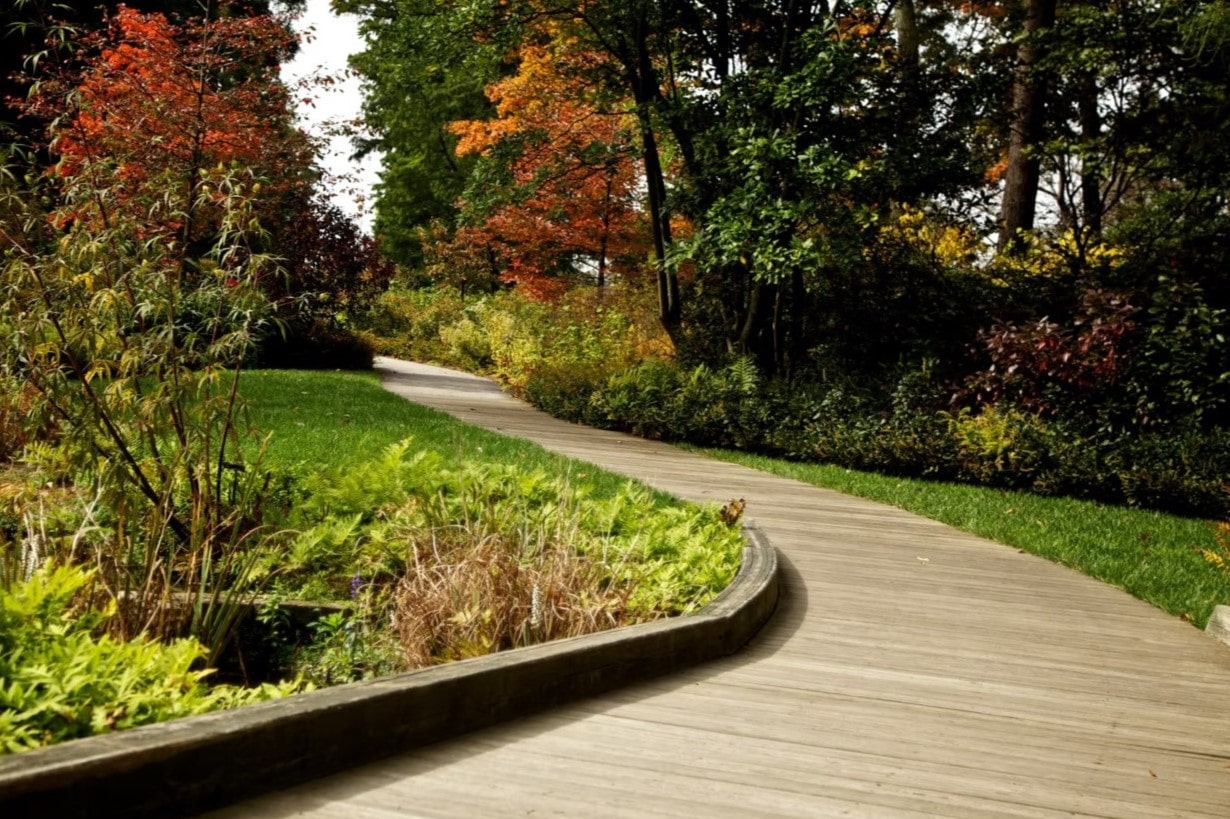
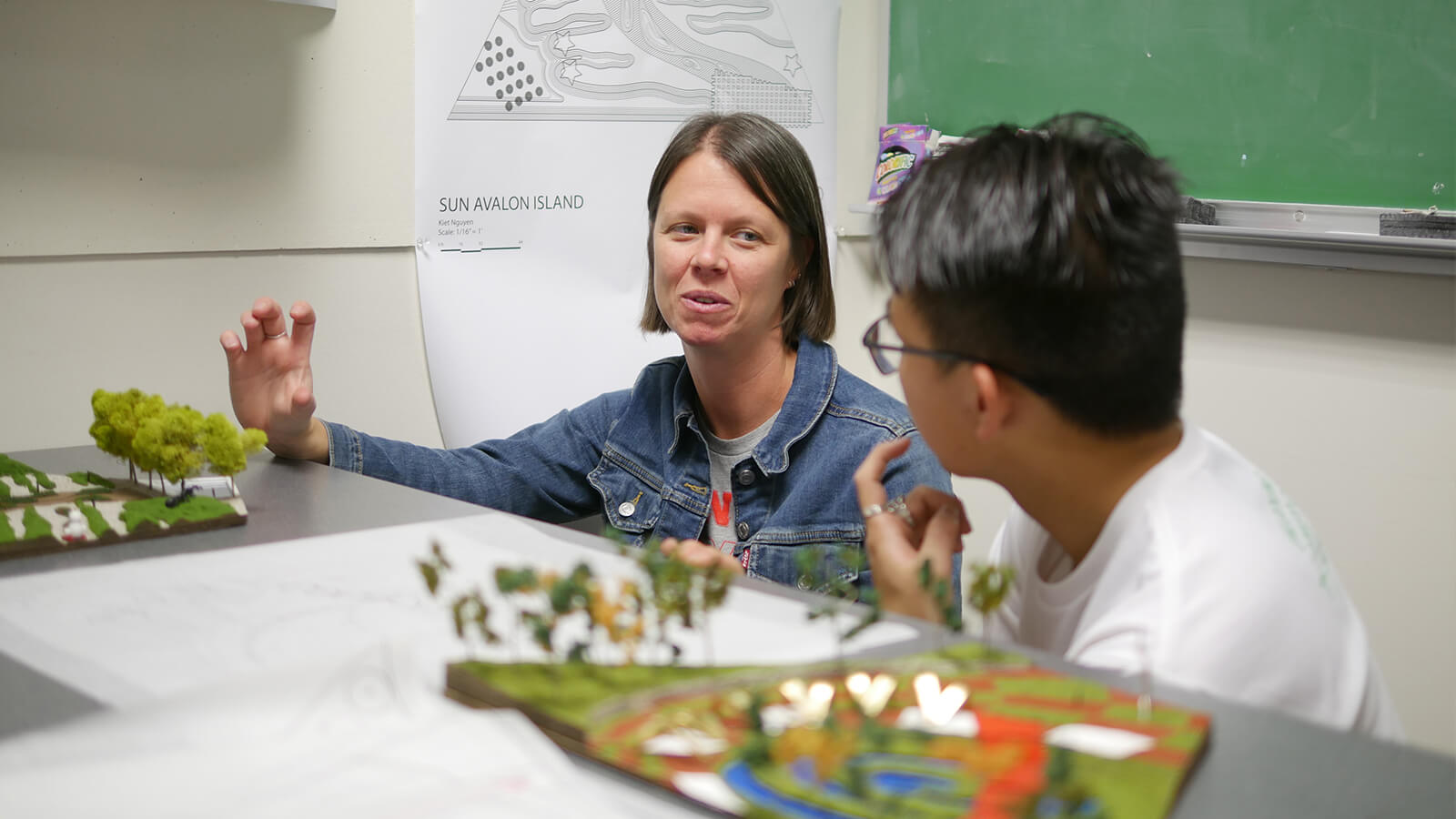
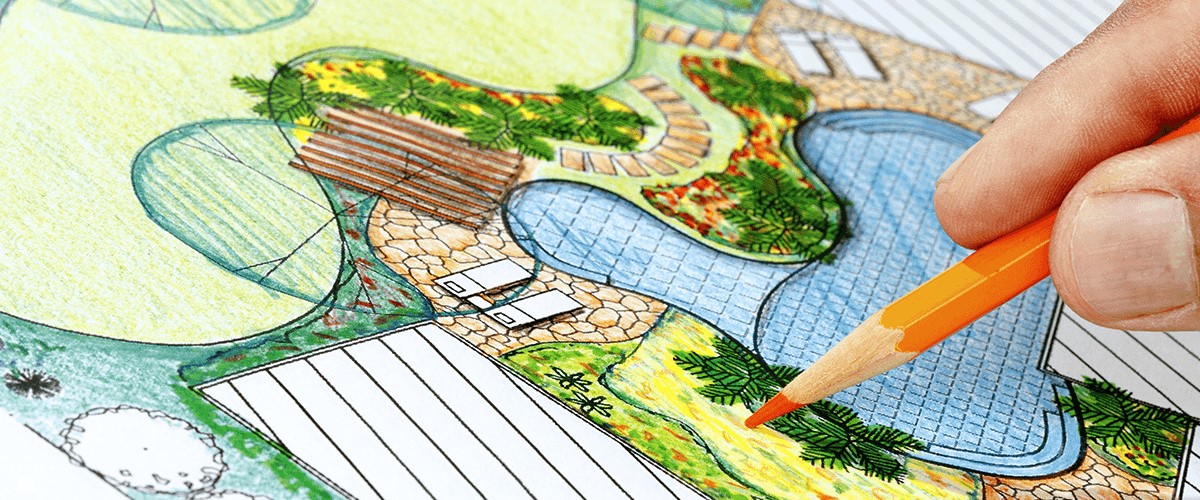
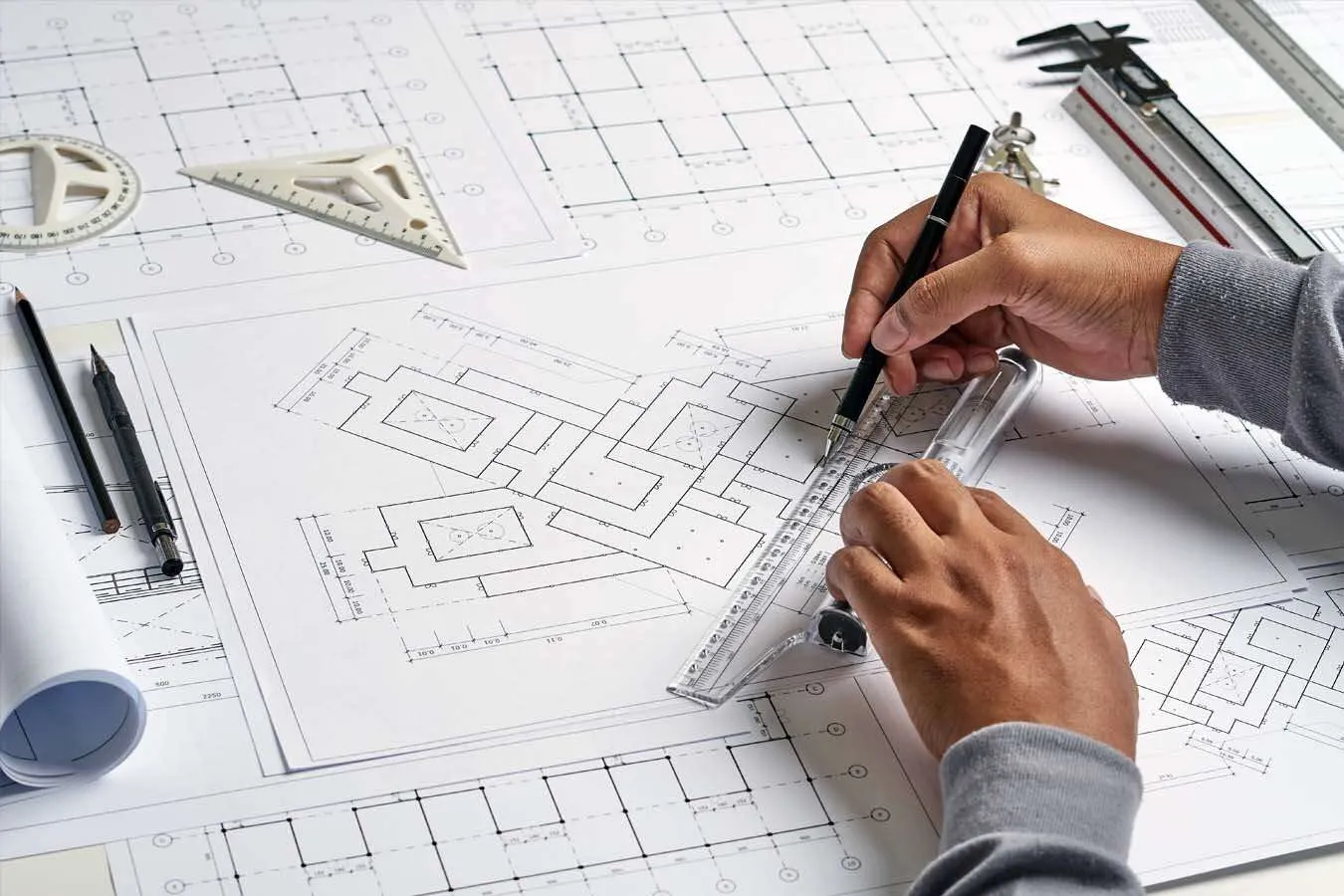

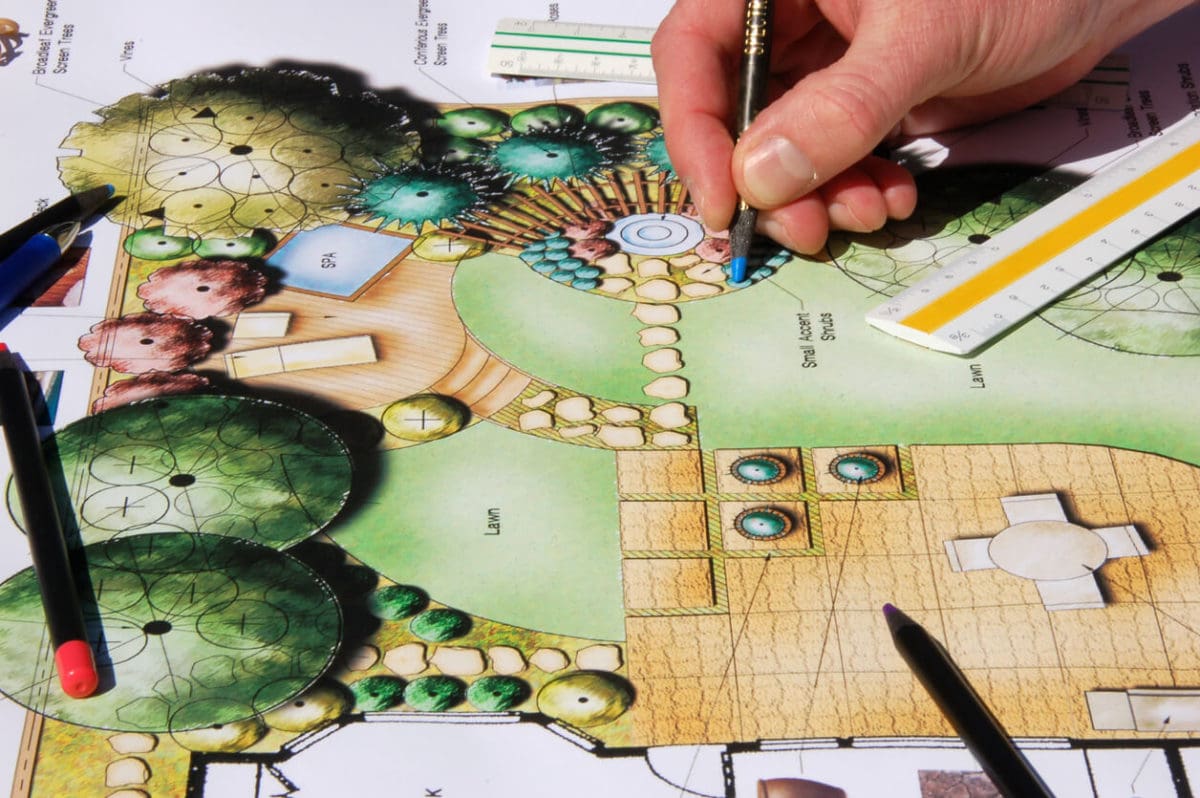

0 thoughts on “What Questions Does A Landscape Architect Ask”